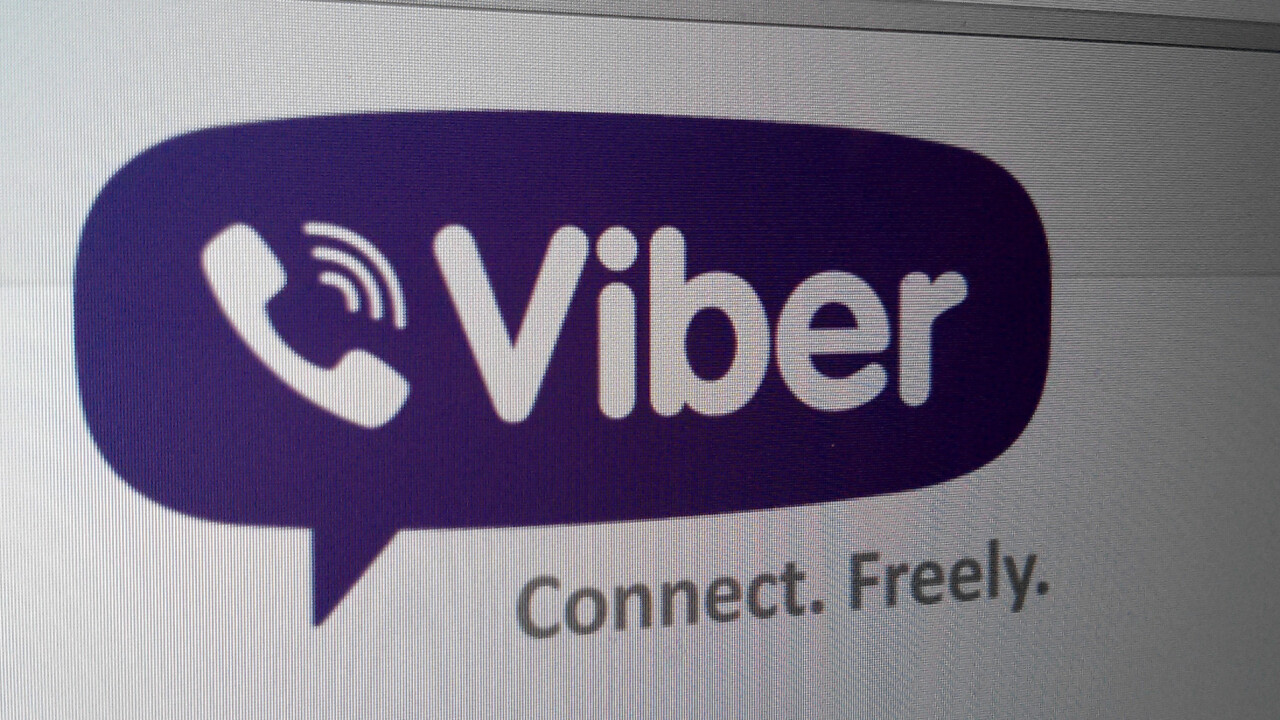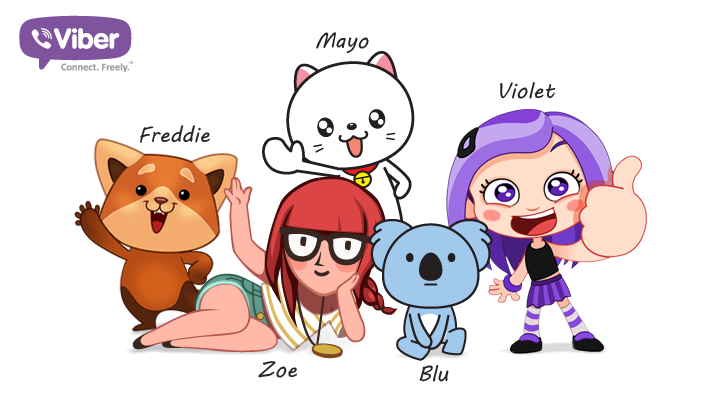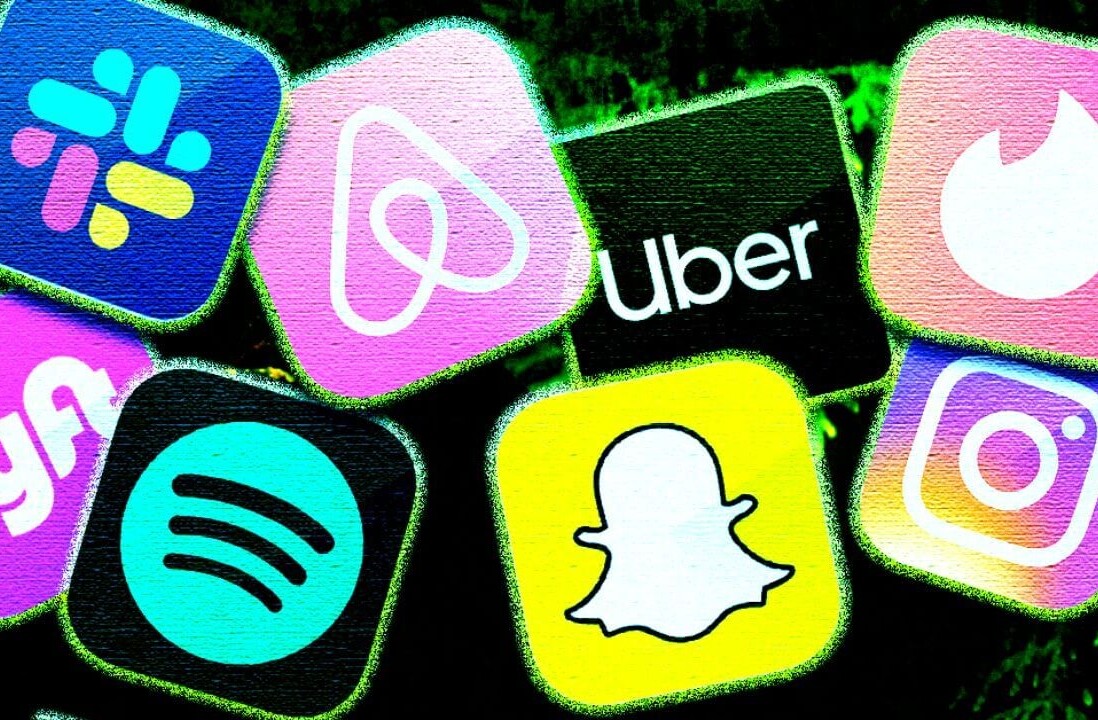
More than a month after Viber announced that it would start selling stickers, the messaging app is rolling out an update today for iOS and Android which includes… yes, a sticker market.
This marks the first time Viber has introduced a monetization feature, as it takes a step forward to sell premium sticker collections to its 200 million registered users. Viber has been offering free stickers in a Facebook-like fashion since December 2012. Its move also comes as the craze over stickers hasn’t seemed to abate — a heap of messaging apps including MessageMe, Kik, WeChat, Line, Path, Tango, KakaoTalk and Maaii have already jumped onto the bandwagon.
Viber has also rolled out a push-to-talk function, which lets users send short voice messages to each other. Viber claims its push-to-talk feature is faster than other messaging apps:
Typically, Push To Talk is a four-step process — record, send, download, play. Viber does all four at the same time. This way, the average response time to a 15 second message is 4-6 seconds, rather than 45-60 seconds.
Other fresh features for Viber’s updated version include group conversations for up to 100 participants, message forwarding to any group or contact, and the option to choose conversation backgrounds from a gallery.
Version 4.0 of Viber has also introduced support for Android tablets — bringing a user’s mobile contacts to their tablet and providing full synchronization with messages and calls on the other device being used.
There are also new features specifically for Android, which include improved notifications for Android 4.0 and up, lighting up of the screen for incoming notifications, and the ability to access Viber messaging while on a Viber call.
Viber started off predominantly as a calling app, and it remains to be seen if it can emulate the success of other messaging platforms on the market now, especially Asian ones. For example, Japanese service Line made 9.9 billion yen ($99.8 million) in the quarter ending September 2013, with stickers making up 20 percent of the revenue, while games took 60 percent.
What’s key here is whether Viber can take a step further to appeal particularly to the Western market, which is its main target — and it’s banking on its stickers to be that very first step.
Read: Why is every messaging app under the sun trying to sell stickers to you?
Disclosure: This article contains an affiliate link. While we only ever write about products we think deserve to be on the pages of our site, The Next Web may earn a small commission if you click through and buy the product in question.
Get the TNW newsletter
Get the most important tech news in your inbox each week.






